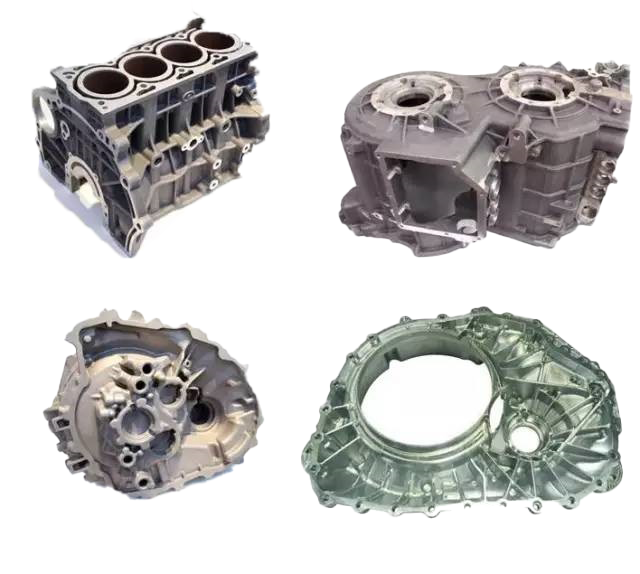Sähköpostin muotovirhe
emailCannotEmpty
emailDoesExist
pwdLetterLimtTip
inconsistentPwd
pwdLetterLimtTip
inconsistentPwd

Uutiset
Why Is the Workpiece out of the V850 Machining Center Deformed
A common problem that occurs in the daily operations of machining centers is the deformation of the workpiece from the workpiece. This greatly affects the processing efficiency and the qualified rate of orders. There are many reasons for the deformation of the workpiece. First, the reasons for the deformation must be analyzed, and then reasonable countermeasures can be taken. The main factors that usually cause workpiece deformation are as follows:

Workpiece material and structure
The material and structure of the workpiece will affect the deformation of the workpiece. The size and complexity of the shape, the aspect ratio, and wall thickness of the workpiece, as well as the rigidity and stability of the material are proportional to the amount of deformation. Therefore, the influence of these factors on the deformation of the workpiece should be minimized when designing parts. Especially in the structure of large parts, the structure should be reasonable. Defects such as blank hardness and porosity should be strictly controlled before processing to ensure blank quality and reduce workpiece deformation caused by it.
Deformation during workpiece clamping
The clamping point is very important. To select the correct clamping point, then select the appropriate clamping force based on the location of the clamping point. Make the clamping point and the support point as consistent as possible, so that the clamping force acts on the support, the clamping point should be as close as possible to the processing surface, and the position where the force is not easy to cause clamping deformation should be selected. When the clamping force in several directions acts on the workpiece at the same time, the sequence of the clamping force should be considered. For the workpiece and the support to contact the clamping force, the clamping force should be applied first, and it is not easy to be too large. The main clamping force to balance the cutting force, should act last.
Secondly, it is necessary to increase the contact area between the workpiece and the fixture or use the axial clamping force. Increasing the rigidity of the parts is an effective way to solve the clamping deformation, but due to the characteristics of the shape and structure of thin-walled parts, they have low rigidity. In this way, under the action of clamping force, deformation will occur. Increasing the contact area between the workpiece and the fixture can effectively reduce the deformation of the workpiece during clamping. For example, when milling thin-walled parts, a large number of elastic pressure plates are used to increase the force-bearing area of the contact parts; when turning the inner diameter and outer circle of thin-walled sleeves, whether a simple split transition ring or an elastic mandrel is used. , the whole arc jaws, etc., are used to increase the contact area when the workpiece is clamped. This method is good for carrying the clamping force, thus avoiding deformation of the part.
Conclusion
Preventing workpiece deformation is an arduous processing task. For easily deformable workpieces, corresponding countermeasures must be adopted in both the blank and the processing technology. It is necessary to analyze different situations in order to find a suitable process route. If you want to get a higher-precision workpiece, you need to continue to learn, explore and research.
For more information about 3 axis vertical milling machine,cnc thread milling bit,cnc milling materials, we are glad to answer for you.

